Lightning is twice as common along the world’s largest shipping routes than over the surrounding ocean.
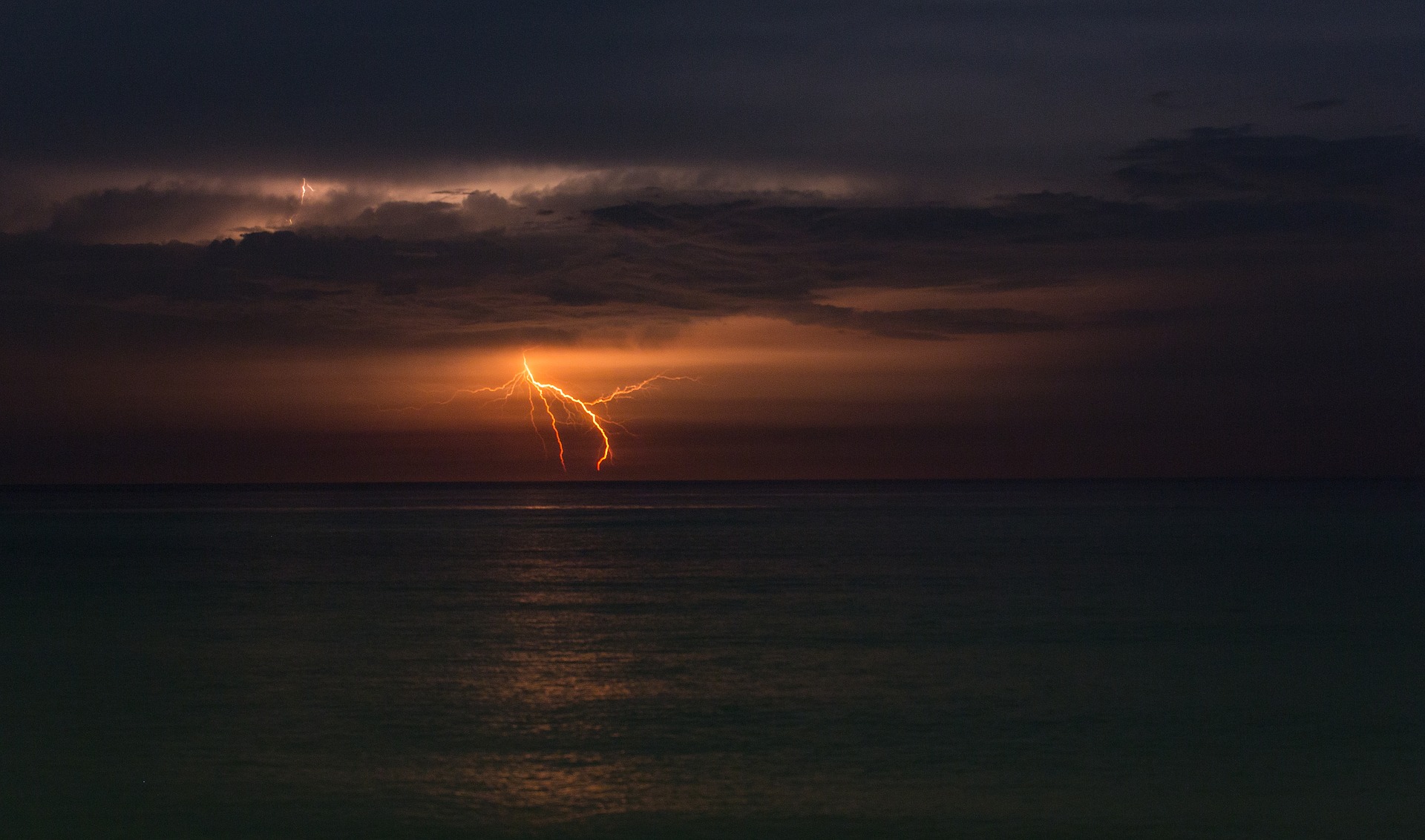
This is the conclusion by American researchers who have studied the shipping routes in the Indian Ocean and the South China Sea. They hypothesize that this is probably due to the emissions from all the shipping vessels, that increases the lightning activity.
The scientists rule out that this weather phenomenon is due to lightning striking ships, as the increased activity is seen over a much larger area than the specific narrow route where the ships go.
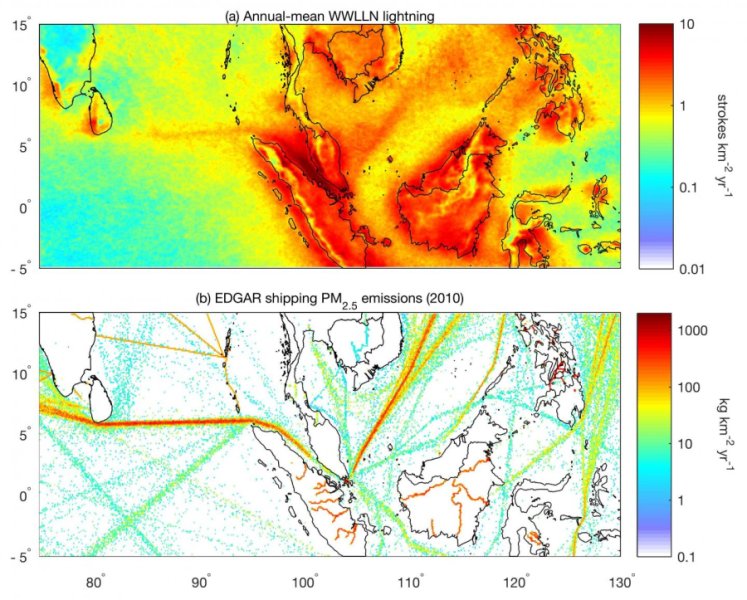
They reason instead that the particles from ship exhaust make cloud droplets smaller, lifting them higher in the atmosphere. This creates more ice particles and leads to more lightning.
Since water molecules need aerosols to condense into clouds and the atmosphere normally has few aerosol particles over the ocean, the ship exhaust enables water molecules to have more particles to collect around. These smaller than usual droplets travel higher into the atmosphere and more of them reach the freezing line, creating more ice, which creates more lightning.
Since cargo ships crossing oceans emit exhaust continuously, scientists can, therefore, use ship exhaust to better understand how aerosols affect cloud formation.
Reference:
Joel A. Thornton et al. Lightning Enhancement Over Major Oceanic Shipping Lanes. 7 September 2017. DOI: 10.1002 / 2017GL074982


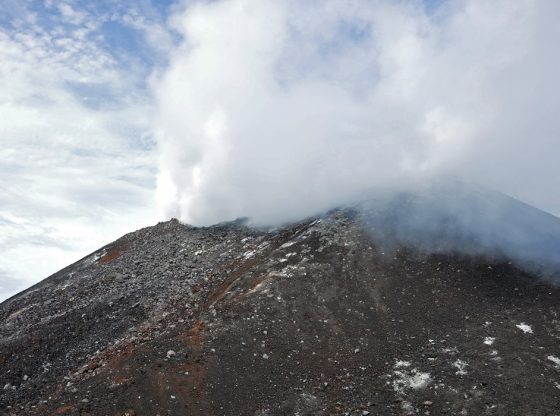

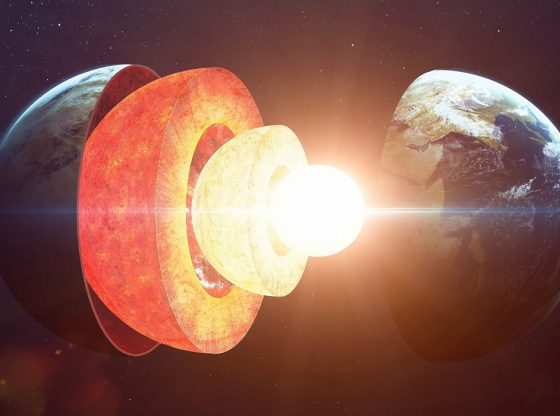

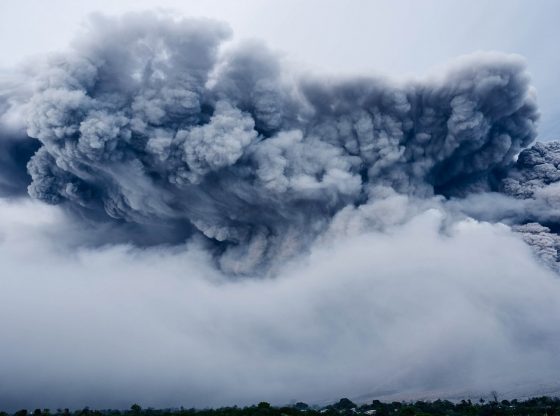


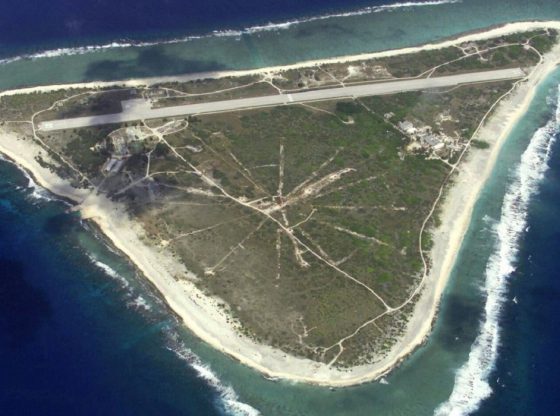
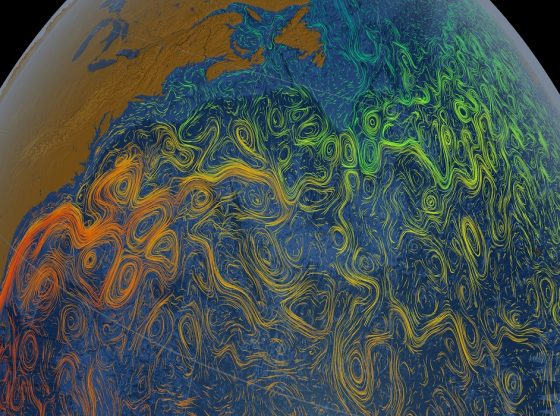
![OpenAI. (2025). ChatGPT [Large language model]. https://chatgpt.com](https://www.illustratedcuriosity.com/files/media/55136/b1b0b614-5b72-486c-901d-ff244549d67a-350x260.webp)
![OpenAI. (2025). ChatGPT [Large language model]. https://chatgpt.com](https://www.illustratedcuriosity.com/files/media/55124/79bc18fa-f616-4951-856f-cc724ad5d497-350x260.webp)
![OpenAI. (2025). ChatGPT [Large language model]. https://chatgpt.com](https://www.illustratedcuriosity.com/files/media/55099/2638a982-b4de-4913-8a1c-1479df352bf3-350x260.webp)








